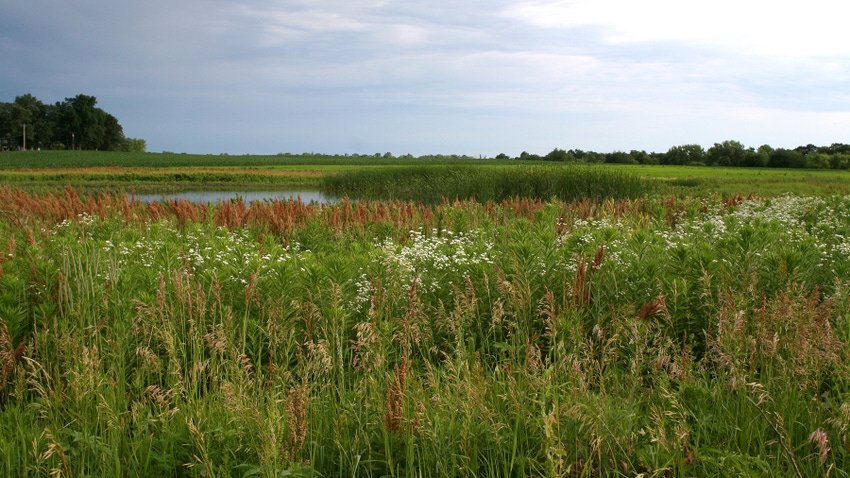
The new WOTUS rule becomes effective on March 20, 2023. The two agencies involved, the Environmental Protection Agency and Army Corps of Engineers, have not surprised us. To read the rule go here.
As I have said earlier, the agencies are defending their definition of waters of the United States. The agencies spend most of their time justifying what it is they are going to do to you. If there ever was a rule to be overturned, this is it. In fact, several farm organizations have severely criticized the rule and are already in court challenging the new rule. Both agencies say the scope of the rule is limited!
A closer look
I suggest you read the 141 pages in the Federal Register. It is 33 CFR part 238 and for EPA, look at 40 CFR part 120. In it you will see a table of contents which will make your eyes glaze over. The latter is bureaucrat language which says we know more than you do and we will tell you what is an impoundment, a tributary, and how each of these significantly affect waters of the United States.
If you have water on your property and think you have a wetland, I suggest you read this rule or have your lawyer read this rule.
The Federal Register notice is entitled “Revised Definition of Waters of the United States”. This final regulation looks at protection of children and also environmental justice, which I will not go into. I will write several blogs about the new WOTUS and what you should be aware of. On page 3093 the rule discusses how you determine the presence of an adjacent wetland. (I will discuss what is a wetland in a future blog.)
One sentence should bother you. “The agencies have long considered wetland mosaics to be delineated as one wetland.” (You can guess what a mosaic is.) Once a feature is called a wetland, the agencies say determining what is a neighboring wetland depends on the agency circumstances.
You will have to hire experts to determine and to question whether EPA and the Corps are correct. If the Corps and the EPA have concluded that the wetland in question serves as a filter or purifies the water, then “…the adjacent wetlands may serve significant natural biological functions, including food chain production, general habitat, and nesting.” You may find this language on page 3093, which gives both agencies all the jurisdiction they need to claim your land has an adjacent wetland on it.
What about artificial structures?
For the purpose of determining if you have an adjacent wetland, artificial structures are of no help. If there is a split portion of the wetland, it may still be treated as one wetland and adjacent. “The Agencies may also consider if a subsurface hydrologic connection is maintained, using indicators such as hydric soils, the permeability of the artificial structure, and/or the permeability of the soils below the artificial structure.” Here’s another concerning comment in the new rule: “Wetlands are also adjacent when their proximity to a jurisdictional water is ‘reasonably’ close.” Again, you have to ask yourself what the term “reasonably close” means.
Also, wetlands that are adjacent can be determined under EPA’s significant nexus standard. Hopefully this rule will be overturned by various farm groups because if the adjacent wetland meets the significant nexus standard, then you are toast. After you have read the 141 pages if you are not furious with the Corps and EPA, then it is hard to determine where the government can stop taking your land. In the next blog I will discuss what is a tributary ditch.
The opinions of the author are not necessarily those of Farm Futures or Farm Progress.
Read more about:
WOTUSAbout the Author(s)
You May Also Like




